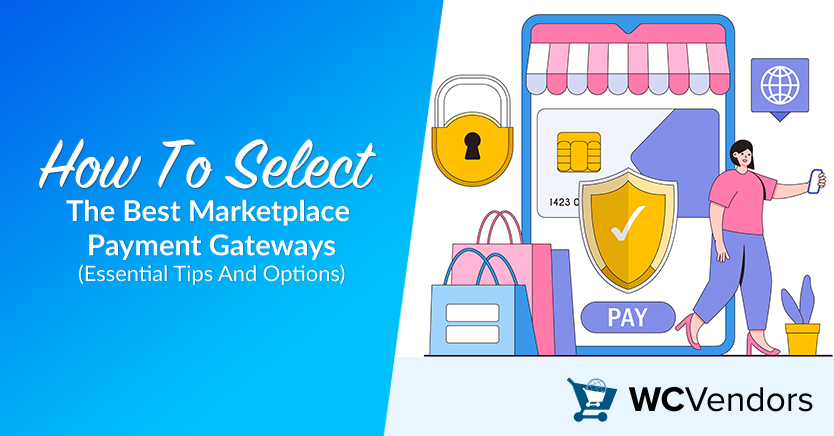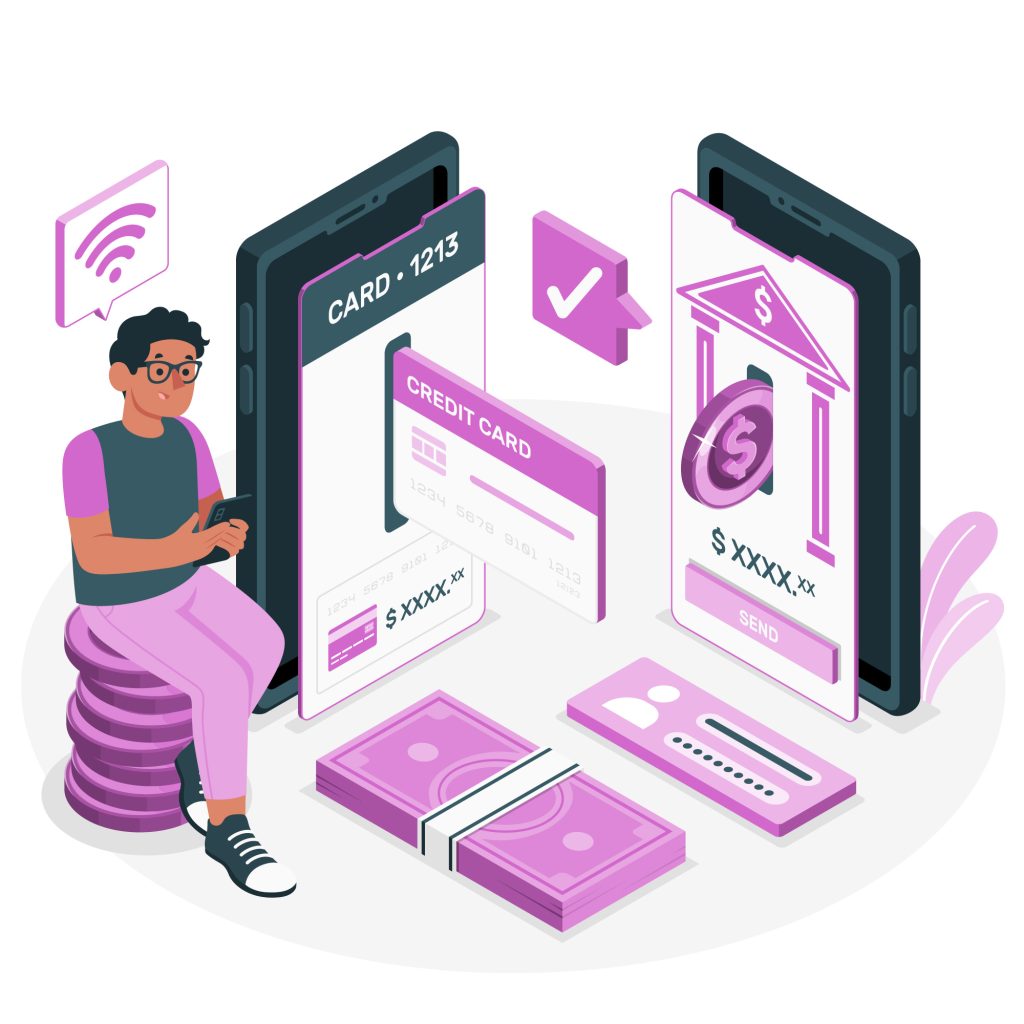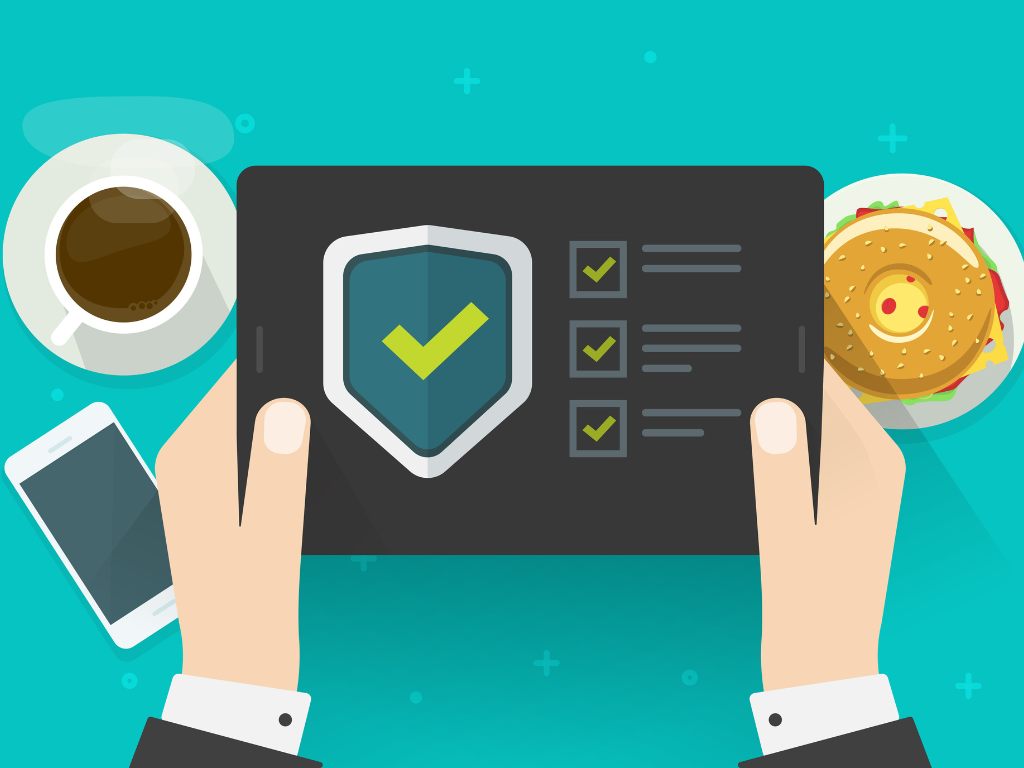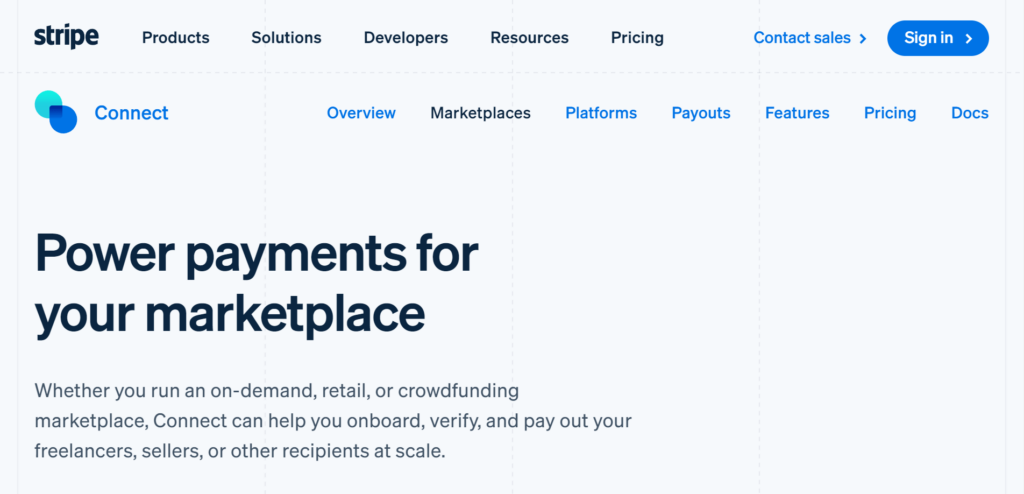
Did you know that the global eCommerce market is expected to exceed $6.3 trillion in 2024? Selecting the right marketplace payment gateways is crucial for your online marketplace.
Indeed, these gateways help process transactions and make sure funds get to vendors smoothly. Don’t you agree?
This article will explain why picking the right payment gateway matters and show you some good options from WC Vendors. So let’s get started!
Importance Of Selecting The Right Payment Gateway
Opting for the right marketplace payment gateways can make or break your business. Making it easy for customers to complete transactions is paramount. Imagine a customer ready to purchase, but they face difficulties during payment—this could lead to abandoned carts and lost sales. On the flip side, a smooth and reliable payment process can boost customer satisfaction and repeat business.
Likewise, ensuring your vendors are paid promptly is vital. When vendors receive their payments on time, it builds trust and reliability, which encourages them to stay on your platform. This prompt payment system also makes your marketplace attractive to new sellers, as they see it as a reliable channel to grow their business.
Pretty cool, right? By choosing the right marketplace payment gateways, you’re not only enhancing the shopping experience for customers but also creating a trustworthy environment for your vendors. This dual benefit can significantly contribute to the success and growth of your online marketplace.
Now that you’ve got an understanding of this, it’s time to dive into how to manage payouts for your vendors effectively. Let’s explore the best payout solutions for vendors!
Payout Solutions For Vendors
There are many options available if you want to pay your vendors through your marketplace. Choosing the right payout solution is important for keeping your business running smoothly. These options help make sure payments are on time, simplify accounting, and make your marketplace more reliable.
By integrating the right marketplace payment gateways, you can enhance both the vendor and customer experience, ensuring the overall success of your platform.
Here are some solutions to consider for paying your vendors:
1. WC Vendors Stripe Connect
Do you wish to take credit card payments from your customers and pay your vendors simultaneously? Then use the Stripe Connect platform, which makes this process quick and easy.
However, only those whose country is supported by Stripe and Stripe Connect can enjoy this option. Currently, Stripe is available in 46 countries.
2. Payouts for WC Vendors
Since the depreciation of PayPal Adaptive payments, there’s been no easy solution for paying your vendors via PayPal.
Thankfully, there’s The Plugin Pros’ new extension, Payouts. This is a commission-only solution for marketplace payments.
Payouts isn’t a payment gateway. Rather, it relies on PayPal’s new Payouts system to work. Thus, to pay your vendors on a schedule or instantly, you’ll need to install and configure a regular PayPal gateway, such as the one that ships with WooCommerce.
3. MangoPay WooCommerce
An option for European users, MangoPay provides gateway and commission payments. It’s fully compatible with WC Vendors.
MangoPay allows you to process credit card payments using an alternative method. It pays vendors only once they’ve marked their items as shipped, giving you peace of mind about possible disputes.
4. Escrow for WooCommerce
The developers over at Escrow.com have worked to make their payment gateway compatible with WC Vendors. Another alternative to taking marketplace payments from customers, this solution is available wherever Escrow.com is available.
5. Mollie Connect for WC Vendors
Mollie Connect for WC Vendors allows vendors to use their Mollie account to sell products/services on your WooCommerce marketplace. Among the most popular payment gateways in West Europe, it’s trusted and used by more than 40,000 WooCommerce store owners.
6. Square Payment for WC Vendors
This plugin integrates Square Payment Gateway with WC Vendors, allowing marketplace administrators to connect a Square account and use the Authorize a Vendor through OAuth functionality.
7. PayPal Multi-Account for WooCommerce
With this plugin, you can have payments go directly to your vendors’ PayPal accounts. This allows you to configure multiple PayPal accounts within WooCommerce, which are then paid based on rules you create.
Managing payouts for your vendors well is crucial for a successful marketplace. Indeed, with the right payout solutions, you can make sure your vendors get paid on time and correctly.
Next, it’s time to look at different marketplace payment gateway providers to see which one is best for you. So, let’s dive into the comparison!
Comparing Payment Gateway Providers

When picking a marketplace payment gateway provider, think about things like transaction fees, compatibility, and regional support. For example, Stripe Connect is good for global transactions, while MangoPay is great for European markets.
Imagine you run a marketplace with vendors in different countries. You want payments to be easy and smooth for everyone, no matter where they are. So, you need a solution that handles different currencies and follows local rules. Stripe Connect is ideal for this since it supports many currencies and countries, making it simpler to pay vendors worldwide. But if most of your vendors are in Europe, MangoPay might be better because it focuses more on that region.
By comparing marketplace payment gateway providers carefully, you can pick the best payment gateway for your unique needs. Have you thought about this approach?
After comparing various providers of marketplace payment gateways, you can identify which one best meets your marketplace’s needs. Now, it’s time to learn how to seamlessly integrate these payment gateways into your system. Read on further!
Best Practices For Payment Gateway Integration
When integrating marketplace payment gateways, following best practices is crucial to ensure a smooth and efficient process. Here are some key points to keep in mind:
Focus on User Experience

- Make the payment process easy and intuitive for users.
- Ensure that the checkout process is quick and requires minimal steps to reduce the chances of cart abandonment.
Ensure compatibility
- Verify that the payment gateway is compatible with your platform and other existing systems.
- Check for seamless integration with your shopping cart, CRM, and any other relevant software.
Test thoroughly
- Perform extensive testing in various scenarios to identify and fix any issues before going live.
- Test different payment methods, currencies, and devices to ensure a smooth user experience.
Seamless integration
- Aim for smooth and seamless integration to minimize disruptions.
- Ensure that the integration does not affect the website’s speed or performance.
Consult documentation
- Always refer to the detailed documentation provided by the payment gateway for integration steps and troubleshooting.
- Follow the guidelines closely to avoid common pitfalls and errors.
Seek support when needed
- Don’t hesitate to reach out to the payment gateway’s support team for help or clarification.
- Ensure you have access to customer support in case of issues during or after integration.
By following best practices for payment gateway integration, you can ensure a smooth and efficient transaction process for your users.
However, integration is just one part of the equation. It’s equally important to ensure payment security and build trust with your customers. Read on further to discover how you can achieve this!
Ensuring Payment Security And Trust

Making sure payment security and trust are top priorities is essential. Use secure payment gateways like Stripe or PayPal because they offer strong encryption and good fraud detection. This helps protect your customers’ payment information.
Additionally, using SSL certificates is important. It ensures that data sent between your website and your users is encrypted. Also, following PCI DSS standards is crucial. These standards help protect customer data and build trust.
By taking these steps, you show your customers that their data is safe. This helps build trust and makes them more likely to complete their purchases. Who wouldn’t want that?
Conclusion
Choosing the right marketplace payment gateways is key to running your online marketplace smoothly.
Whether you need to process credit card payments or pay vendors on time, WC Vendors offers strong solutions to help you. So, take some time to explore all your options and pick the one that best fits your marketplace’s needs.
To recap, you can pick the right payment gateway by focusing on these key areas:
- Importance of Payment Gateway Selection
- Vendor Payout Solutions
- Comparing Providers
- Integration Best Practices
- Ensuring Payment Security
Would you like to learn more about optimizing your marketplace payment gateways? Let us know in the comments section; we’d be happy to answer your questions!

